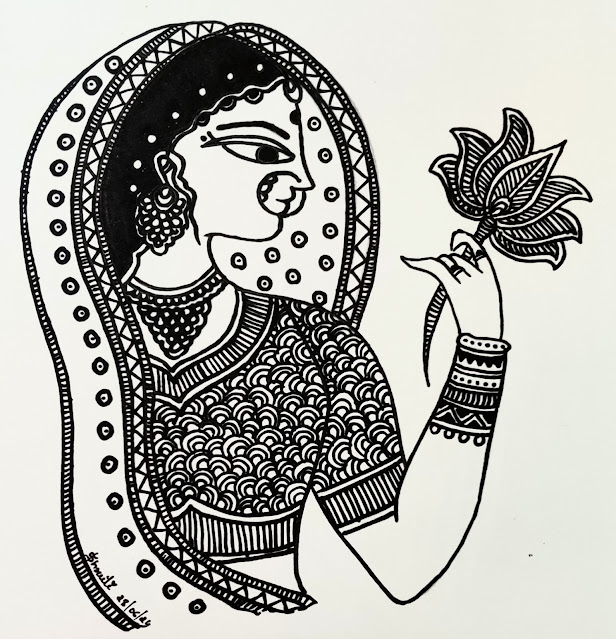Dashavatar of Vishnu : Matsya
The Dashavatara refers to the ten primary (i.e. full or complete) incarnations (avatars) of Vishnu, the Hindu god of preservation which has Rigvedic origins. Vishnu is said to descend in the form of an avatar to restore cosmic order.
The word Dashavatara derives from daśa, meaning 'ten', and avatar (avatāra), roughly equivalent to 'incarnation'.
The list of included avatars varies across sects and regions, particularly in respect to the inclusion of Balarama (brother of Krishna) or Gautama Buddha.
Though no list can be uncontroversially presented as standard, the "most accepted list found in Puranas and other texts is Krishna, Buddha.
Most draw from the following set of figures, in this order : Matsya , Kurma , Varaha , Narasimha , Vamana , Parashurama , Rama , Krishna or Balarama , Buddha or Krishna and Kalki.
In traditions that omit Krishna, often replaces Vishnu as the source of all avatars. Some traditions include a regional deity such as Vithoba or Jagannath in penultimate position, replacing Krishna or Buddha. All avatars have appeared except Kalki, who will appear at the end of the Kali Yuga.
Avatar 1 : Matsya, the fish.
King Vaivasvata Manu finds a little fish in the palm of his hands when performing the tarpana (water-offering). Manu keeps the fish, which keeps growing, eventually releasing it into the ocean, realizing it is Vishnu.
Vishnu informs Manu of the coming destruction of the world, by means of fires and floods, and directs Manu to collect "all creatures of the world" and keep them safe on a boat built by the gods.
When the deluge (Pralaya) comes, Vishnu appears as a great fish with a horn, to which Manu ties the boat, which leads them into safety.




Super 👌🏻
ReplyDeleteSuper 👌
ReplyDeleteThank you 😊
ReplyDeleteAwesome! ❤
ReplyDeleteVery nice, beautiful. Thanku for sharing.
ReplyDelete